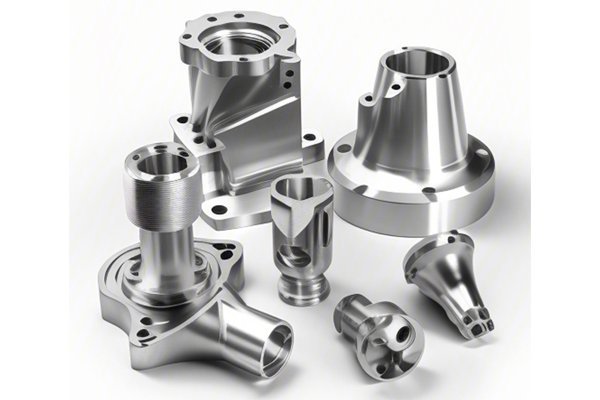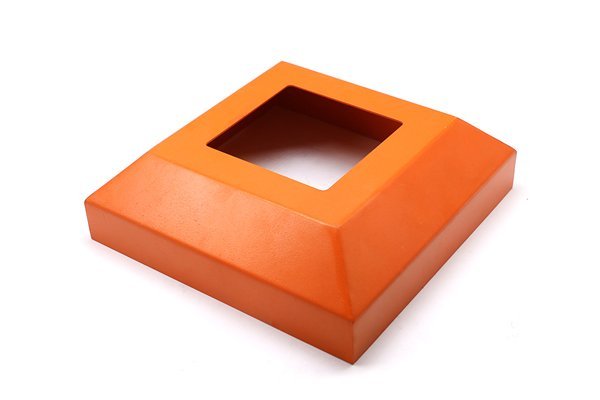Opening
Did you know that approximately 70% of CNC machining issues reported by manufacturers stem from inadequate understanding or miscalculations related to machining allowance? Machining allowance is a critical factor in the manufacturing process that can significantly affect the final dimensions and quality of the CNC machined part. This statistic highlights a prevalent issue in the CNC machining sector—a miscalculation that can lead to wasteful rework, increased costs, and prolonged lead times. So, how can manufacturers ensure they avoid common pitfalls when considering machining allowances?
Understanding Machining Allowance
To grasp the importance of machining allowance, it’s vital to define what it is. Machining allowance refers to the additional material that is intentionally left on a workpiece to account for the material removal required to achieve the desired tolerances and surface finish. This allowance is usually determined during the design phase and can vary based on factors like material type, part geometry, and the machining process being used.
Machining allowance is essential for several reasons:
Given these reminders about machining allowance, let’s explore some common mistakes related to this concept and how to avoid them.
Common Mistakes in Machining Allowance
Many CNC operators misinterpret the designs which leads to improper allowance calculations. Often, specifications provided in 2D or 3D CAD models can be confusing.
Solution:
Different materials respond differently to machining. Ignoring material properties (like hardness, brittleness, and thermal behavior) can lead to excessive wear on tools or an insufficient amount of allowance.
Solution:
Tools wear down over time, which can lead to an inaccurate machining allowance if not properly accounted for, resulting in out-of-spec parts.
Solution:
Many machinists assume they can achieve tight tolerances without providing adequate allowance, leading to deviations in critical dimensions after machining.
Solution:

Some CNC operators forget to factor in post-machining processes such as heat treatment or surface finishing, both of which can alter the dimensions of the finished part.
Solution:
Variations in conditions such as temperature, humidity, and machine settings can all affect machining operations and tolerances.
Solution:
Creating an Effective Strategy for Machining Allowance
Having outlined some common mistakes, it’s important to develop an effective strategy for managing machining allowances to ensure high-quality outcomes in CNC machining.
Engaging engineers and machinists during the planning phase can facilitate a shared understanding of machining allowances necessary for various materials and designs.
Create detailed SOPs that outline machining allowance considerations and the factors affecting them, promoting adherence to quality standards across operations.
Regular training should be conducted aimed at improving the team’s understanding of machining allowances and mechanical tolerances to ensure that everyone is equipped with up-to-date skills and knowledge.
Advanced CAD and CAM software systems can assist in accurately calculating appropriate machining allowances based on specific materials and processes.
Establishing a feedback loop that allows for continuous learning from previous projects can help refine strategies and practices regarding machining allowance.
In conclusion, understanding machining allowances is essential for the successful execution of CNC machining operations. By recognizing common mistakes and implementing preventative measures, manufacturers can achieve higher efficiency, reduced waste, and superior product quality. As CNC machining continues to evolve, processes around machining allowance must adapt as well, ensuring businesses remain competitive in an increasingly demanding market.
Remember, addressing machining allowance might seem like an intricate detail, but it can profoundly impact your manufacturing operations. Elevating awareness and refining your approach could be the differentiator that transforms your quality and efficiency scores.
Final Thought
Each stage of the CNC machining process contributes to the final product’s quality, and machining allowance is no small part of that equation. A thorough understanding and management of this aspect can enhance the efficiency and accuracy of your machines, ultimately delivering substantial benefits, including cost savings and increased customer satisfaction. As you continue to evolve your practices, keep the importance of machining allowance at the forefront of your operations.
Related Posts
- Why do aluminum CNC parts deform after surface treatment?
- How Can CNC Aluminum Processing Manufacturers Effectively Avoid Burrs During Aluminum Processing?
- Here’s a question-style FAQ title selected from your keyword list: How does CNC machining improve the surface quality of 6061 aluminum and PEEK plastic parts?






